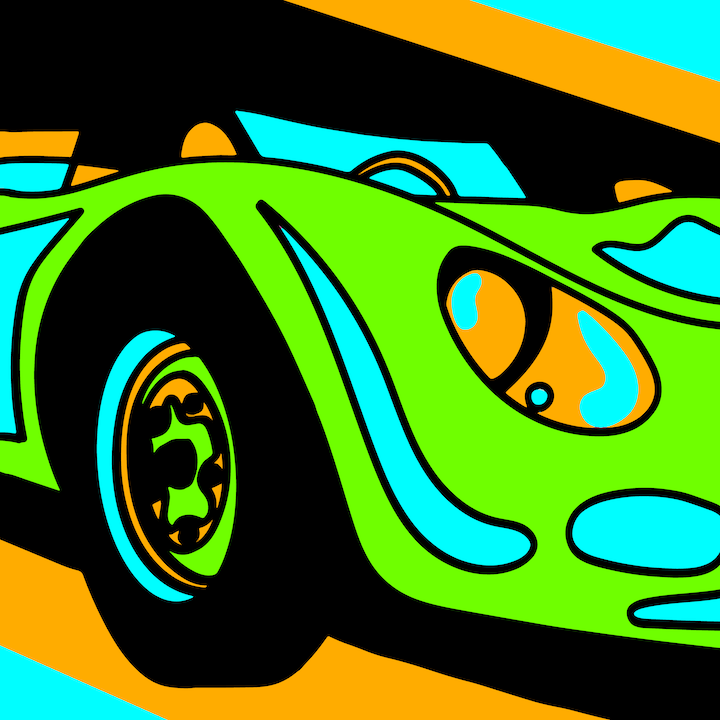Vinyl wrapping your car is a great way to change its look. And there couldn’t be anything better than a new look for your car that is inexpensive, personalized and done at home.
Yes, you read it right. You can vinyl wrap your car at home – with the utmost perfection and a professional finish. There won’t be any trapped air bubbles when you’re finished.
The modern (and still cheap) vinyl-adhesive technology doesn’t get to the sticky state until after 24 hours after its application. This means you will have ample time to trace out the air bubbles. The special type of stretchy vinyl used for decorating cars, can be comfortably molded around curves for super smooth finish. And once you top with a coat of factory laminate, your vinyl finish will stay put for a decade!
Excited for a car makeover? Then, get ready.
Get your gear sorted and head on for this thoroughly satisfying DIY project. Here’s all that you’ll need:
- Degreaser
- Isopropyl alcohol or other cleaning solution
- Measuring tape
- Cutting knife and tools
- Squeegee
- Heat Gun
- Gloves
- Vinyl wrap of your choice
How to Vinyl Wrap your Car in 7 Easy Steps
- Prep the Car
Before you start the vinyl wrapping process, you’d need to clear off the bumpers, handles, molding and trims. Also remove the mirrors, because getting the wrap around the mirrors and moldings will take a lot of time and unnecessary effort.
Be careful while removing and re-fixing the parts. If you accidently damage anything, you can look up for a replacement at a Tucson auto body shop.
- Select the vinyl
You can find a huge variety of vinyl sheets at stores, usually in the size of 25 feet by 60 feet. This area is sufficient for covering the car body. Ordinarily, the material would cost you somewhere around $2500. But the rates may vary depending on the designs and vendor. Make sure you select the right vinylfor your car.
- Treat the car surface
This step lays the foundation for the entire project. You need to thoroughly wipe the surface of the car with a degreaser and cleaning solution. If there is any polish, wax or dirt on the surface, the vinyl won’t stick properly. Also consider getting some touch-up done on the body if there are chips and scratches, because once you lay on the vinyl these imperfections would become all the more glaring.
- Measure it out
You will need to cut out the vinyl in size for the different areas of the car surface. Measure each part one by one being careful you have the right measurements on hand. Always cut out 4-6 inches extra from the material to be on the safe side. You can always trim off the extras later.
- Apply the vinyl
Now comes the fun part. Once you’ve double checked that the surface is sparkly clean, you can peel off the backing from the vinyl and apply it on the surface. Start from the centre and work outwards gradually. You should start from the smaller parts first and get a hang of laying out the vinyl. Make sure to smooth out any air bubbles using the squeegee and heat gun.
- Make adjustments
Make straight cuts with a cutting knife and trim out the edges. But don’t go too deep or you would scratch out the paint. Once you have trimmed, reapply the edges and make it secure. If there are any seams visible, you can use pinstripes to cover them up.
- Apply heat and let it set
Now that the vinyl is all neatly laid out, you can apply the heat gun and make it secure. In case the vinyl comes off instead of drawing in to the car surface, you will have to reapply it.
Once it’s all done, take a step back and admire the beauty you just created!
The whole process can take you anywhere from 6-8 hours or even more. Take it slow and be as precise as you can. You can also divide the task into shifts and complete it over a couple of days.






